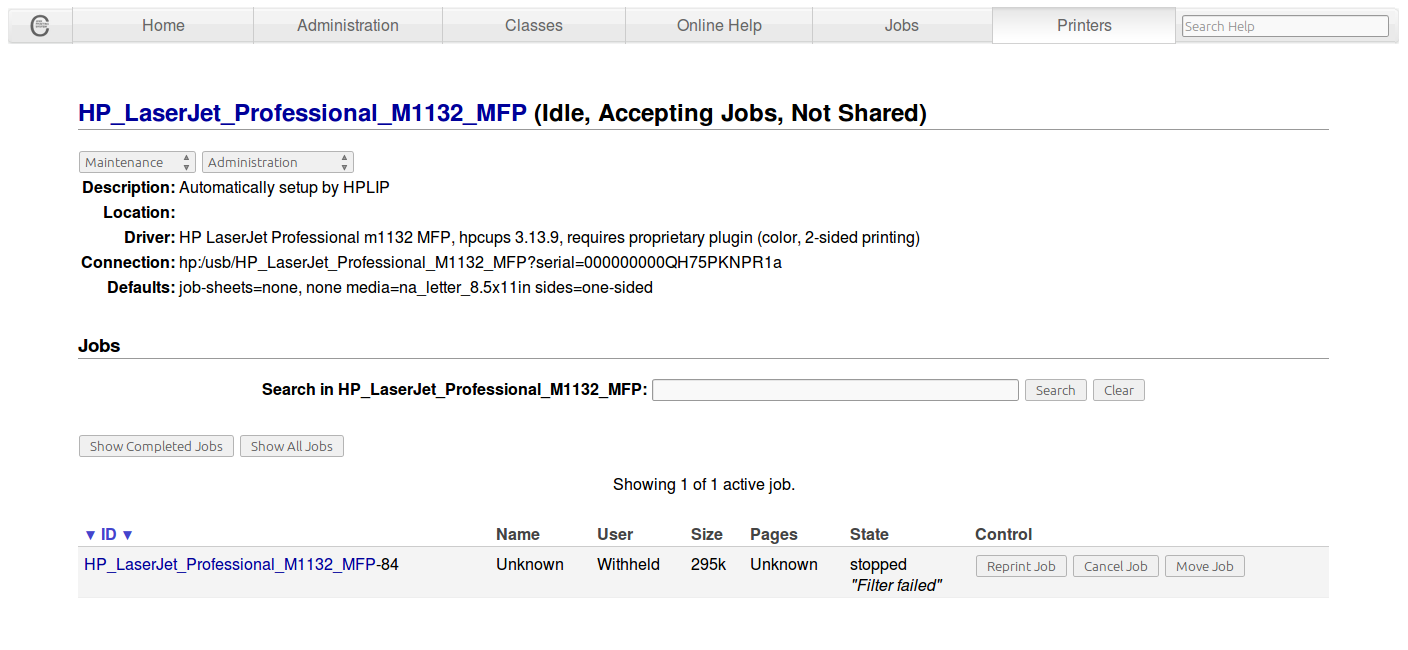Denver Developmental Screening Test Ii Pdf Printer

How should the DENVER II be used? The DENVER II is a screening test and as such, should be used as part of routine developmental surveillance to identify children. Uploaded by PriskilaAnestasiaSianipar. Rating and Stats. 0.0 (0) Document Actions. Download as PDF or read online from. DENVER II TEST FORM – ENGLISH. July 8, 2015 September 4, 2015. Please complete the following for access to the free. Denver Developmental Materials, Inc.© 2016. The DENVER II© Developmental Screening Test - Download as Word Doc (.doc /.docx), PDF File (.pdf), Text File (.txt) or read online.
This article has not been added to any. Please help out by to it so that it can be listed with similar articles.
(January 2018) Denver Developmental Screening Test The purpose of the Denver Developmental Screening Test was to identify young children with developmental problems so that they could be referred for help. The test was first developed in Denver, Colorado, by Frankenburg and Dodds (1967). As the first tool used for developmental screening in normal situations like pediatric well-child care, the test became widely known and was used in 54 countries and standardized in 15 (Denver II Technical Manual, 1992).
It has been replaced by the Denver II. Arial Unicode Bold Font Free Download. Denver II The Denver Developmental Screening Test was revised in order to increase its detection of language delays and replace items found difficult to use (1992).
The resulting Denver II addresses four domains of child development: personal-social (for example, waves bye-bye), fine motor and adaptive (puts block in cup), language (combines words), and gross motor (hops). There are 125 items over the age range from birth to six years. An examiner administers the age-appropriate items to the child, although some can be passed by parental report. Each item is scored as pass, fail, or refused. Immersive Display Lite 2 Crackheads. Items that can be completed by 75%-90% of children but are failed are called cautions; those that can be completed by 90% of children but are failed are called delays. A normal score means no delay in any domain and no more than one caution; a suspect score means one or more delays or two or more cautions; a score of untestable means enough refused items that the score would be suspect if they had been delays.

The Denver II is available in English and Spanish. Videotapes and two manuals describe 14 hours of structured instruction and recommend testing a dozen children for practice.
Beyond this a professional degree is not required. As with all developmental testing, one must follow the instructions in detail. The standardization sample of 2,096 children was selected to represent the children of the state of Colorado. The test has been criticized because that population is slightly different from that of the U.S.
However, the authors found no clinically significant differences when results were weighted to reflect the distribution of demographic factors in the whole U.S. Significant differences were defined as differences of more than 10% in the age at which 90% of children could perform any given item (Technical Manual, pp. Separate norms were provided for the 16 items whose scores varied by race, maternal education, or rural-urban residence.
The author of the test, William K. Techgems 4.0 Download more. Frankenburg, likened it to a growth chart of height and weight and encouraged users to consider factors other than test results in working with an individual child. Such factors could include the parents’ education and opinions, the child’s health, family history, and available services. Frankenburg did not recommend criteria for referral; rather, he recommended that screening programs and communities review their results and decide whether they are satisfied (Technical Manual, pp.